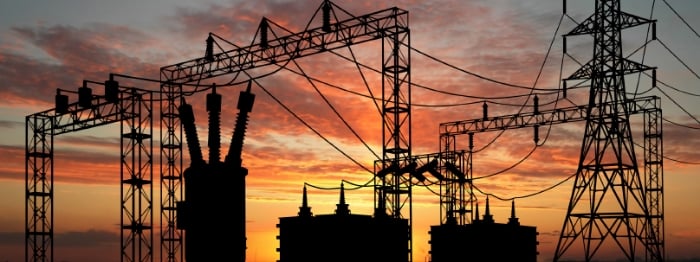This post is one in a series of feature stories on trends shaping advanced energy markets in the U.S. and around the world, drawn from Advanced Energy Now 2015 Market Report, which was prepared for AEE by Navigant Research.

The energy storage market is in a process of transition. It is going from a large infrastructure market focused on pumped hydro and underground compressed air projects to an advanced energy technologies market, fueled by technological innovation, liberalized market structures, and supportive policies. While the global market still revolves around pumped storage, energy storage in the United States is all about new batteries and other technologies. This distinction accounts for recent market dynamics.
Overall, demand for energy storage is growing both globally and in the United States, but the numbers don’t yet show it. Revenue for energy storage worldwide actually dropped from $646 million in 2013 to $462 million in 2014, and from $519 million to $58 million in the United States. That’s because Navigant Research only includes completed projects and delivered products in revenue totals for a given year. In fact, 2014 was a landmark year for energy storage procurements by utilities and grid operators. Once these systems are commissioned over the next few years, market revenue will take off.
The energy storage market consists of three components – ancillary services, bulk storage, and distributed storage – and all three are growing. But, the breakout application for energy storage in the past 12 months has been distributed energy storage situated on the customer side of the meter. Both residential and commercial energy storage saw a surge of adoption worldwide. In the United States, commercial energy storage was by far the leading application in 2014, and the U.S. has become the number one market for commercial energy storage in the world.
For many industrial facilities, electricity consumption represents their highest operating cost, even higher than payroll. By using storage to supplement power from the grid when its electricity needs surge, a business can avoid high demand charges on electric bills by reducing its peak load (without necessarily curtailing actual electricity use). These charges can amount to 10% to 15% of electricity costs.
Demand charges are levied by electric utilities based on the maximum electricity demand of a customer within a specific period. There are two types of demand charges. The first is at the wholesale level, where customers get an annual capacity charge based on their load during the grid’s peak hours during the year. The second comes at the retail level, where utilities impose a demand charge based on monthly peak usage. Monitoring these levels and taking action to reduce consumption just a few hours a year can have a disproportionate impact on electricity costs.
There are various ways to manage electricity use to reduce the peaks that drive up demand charges. Needlessly running multiple pieces of equipment at the same time can lead to high coincidental peak usage. With small adjustments, these devices can be sequenced or ramped up to reduce peak load while not hampering operations. Pre-cooling is another strategy to address high peak loads, whereby a building will use thermal storage (typically ice made overnight) to assist with air conditioning in the peak afternoon hours.
Demand charges are common in key distributed energy storage markets, including California, New York, Germany, Australia, Japan, and South Korea, though in some cases the charges are low where manufacturing is a strategically important industry sector. For example, 30% of Germany’s gross domestic product (GDP) comes from the manufacturing sector.
California has been the most watched market for energy storage in the past year. Major legislative actions and market dynamics have combined to create a fast-growing market for energy storage. A 2010 state law, A.B. 2514, required the state’s utilities to procure 1.3 GW of energy storage. Southern California Edison was the first utility to procure energy storage under these requirements and announced contracts for 261.1 MW of new energy storage capacity, five times the amount required under the new state law. Similar announcements are expected in 2015 from the state’s other major investor-owned utilities.
Southern California Edison’s procurement also introduced a unique model for energy storage deployment. SCE bought 100 MW of utility-side storage and an additional 160.6 MW of storage behind the meter. This 160.6 MW will be situated on SCE customers’ property, with the benefits shared between the utility and the customer.
Globally, there are seven active government programs to support behind-the-meter storage installations, three of them in the United States, located in California and New York. Overall, $230 million was available globally for customer-sited energy storage – most of it for advanced batteries. Although most programs have only been in place since 2013, California’s programs have been active much longer and have been consistently renewed. Over time, California has adjusted the technical requirements for energy storage to account for the performance characteristics of many advanced technologies.
Download the full 2015 Market Report by clicking the button below!
